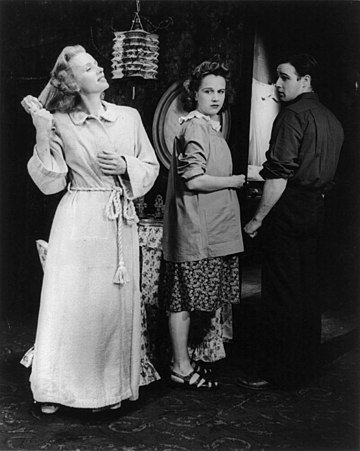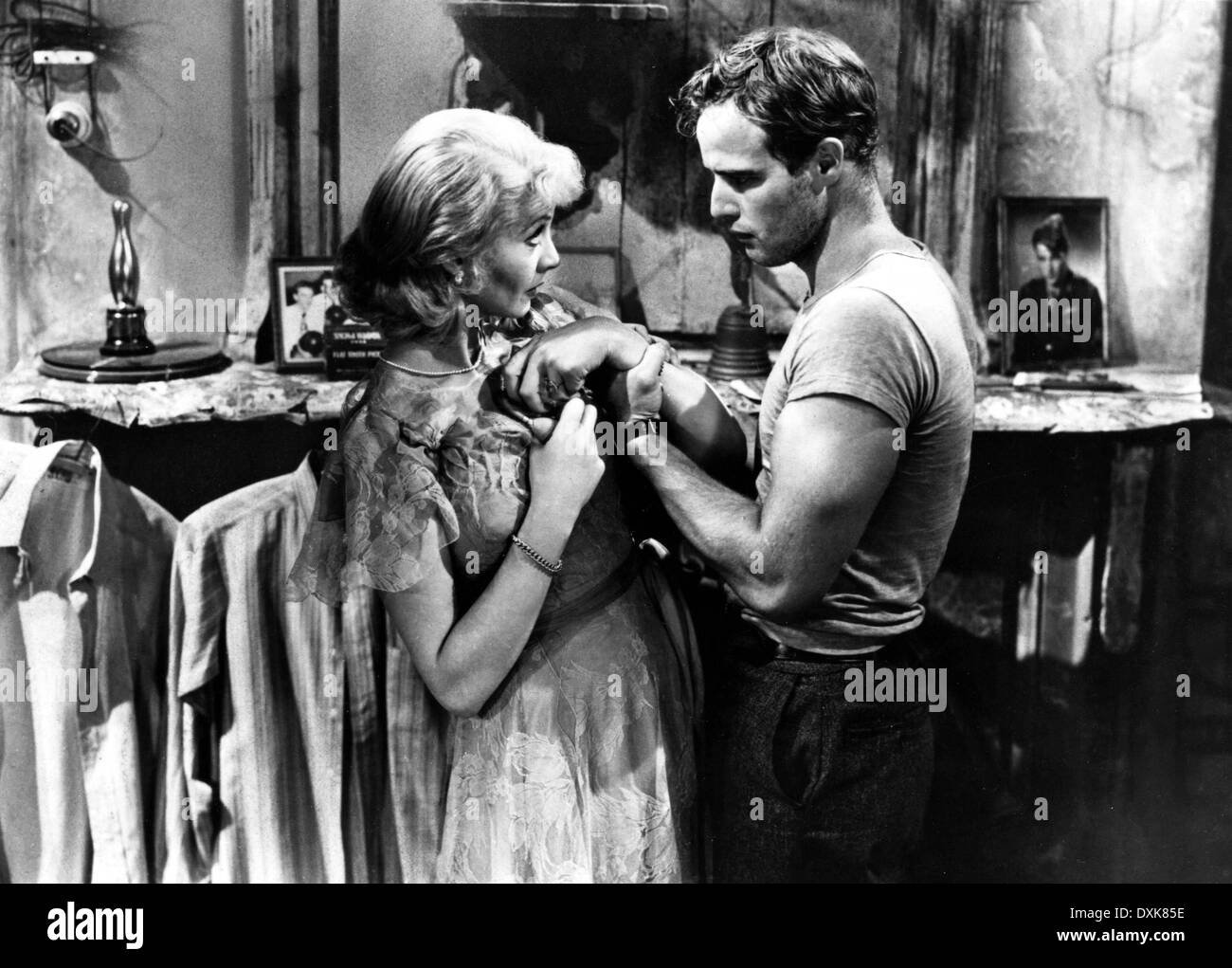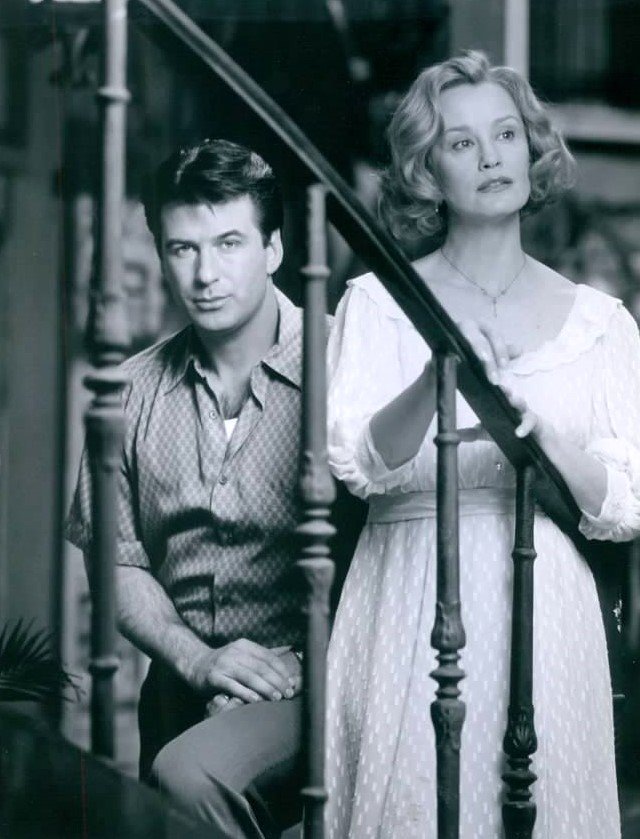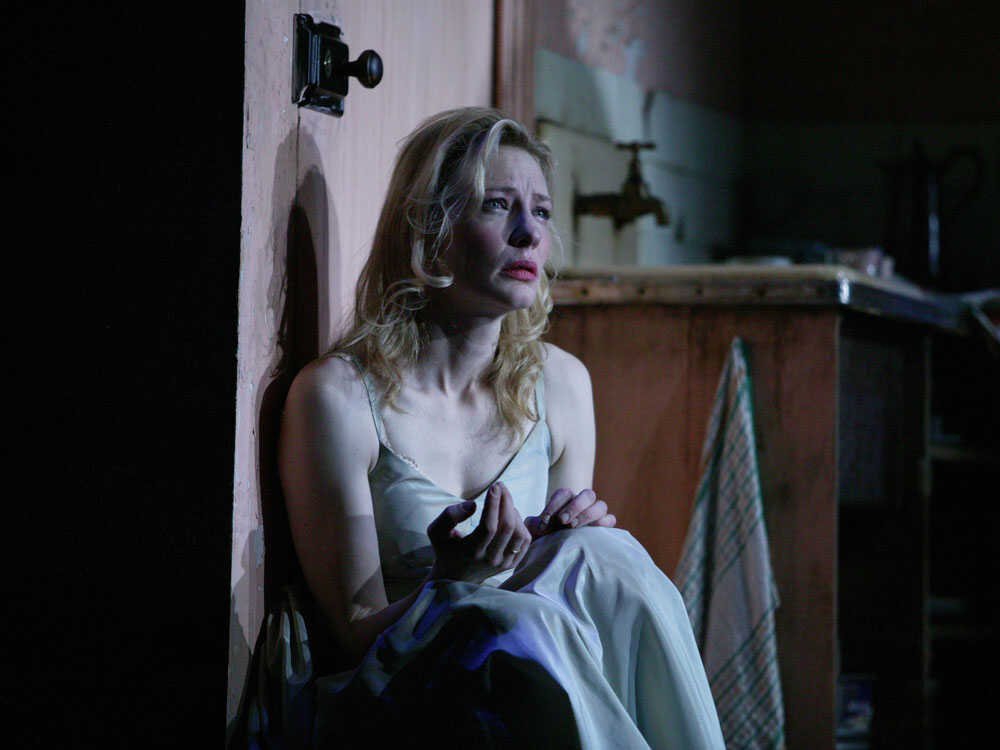Blanche: The Life and Times of Tennessee Williams’ Greatest Creation
—Cathy Ritchie
Blanche: The Life and Times of Tennessee Williams’s Greatest Creation
by Nancy Schoenberger (HarperCollins, 2023)
She always relied on the “kindness of strangers”—and became immortal.
A Streetcar Named Desire’s Blanche DuBois is arguably the master playwright Tennessee Williams’s finest contribution to American drama and culture—even if The Glass Menagerie’s Amanda Wingfield runs her a close second. Nancy Shoenberger’s brief but excellent character “portrait” of Williams’ Blanche offers both theater aficionados and general readers an engrossing journey through the creation and significance of this amazing character— who continues gracing worldwide stages and screens, inspiring awe, compassion, and still-relevant analysis and reflection. I enjoyed it immensely.
As Schoenberger asks in her opening pages: “Why has Blanche entered our bloodstream, this living figment of one of our greatest playwrights’s imagination, whose flirtatious airs and manipulative behavior we have come to reject?....We are still haunted by Blanche.” Her subsequent text attempts to answer that question.
Schoenberger devotes her opening chapters to a summary of Williams’s troubled early life, focusing in particular on his beloved schizophrenic elder sister Rose, who likely served as a partial model for Blanche vis-à-vis her mental fragility and eventual commitment to an institution, where she underwent a prefrontal lobotomy and other tortuous treatment. While Tennessee also immortalized her via The Glass Menagerie’s Laura Wingfield, Schoenberger makes a valid case for Rose as a particular inspiration for Blanche. Rose’s ultimately tragic fate would darken Williams’s entire adult life.
But the majority of the author’s text focuses on seven seminal actresses who have portrayed Blanche, live and on film: Jessica Tandy, Vivien Leigh, Ann-Margret, Jessica Lange, Patricia Clarkson, Cate Blanchett and Jemier Jenkins. While Schoenberger acknowledges that many fine women have brought Blanche to life over the years (I myself was privileged to see the late Natasha Richardson in a Broadway revival), the ladies she highlights have, in her opinion, contributed uniquely to the Blanche mystique.
For her chosen ones, Schoenberger offers historical background along with concise and eloquent analyses of the dramatic dimensions they have each added to their portrayals of Blanche, all bringing differing but complementary facets of the character to light.
Jessica Tandy was Broadway’s first Blanche in 1947---though we learn that some influential theater folks were briefly hoping that Lillian Gish would debut the role instead---at the same time butting theatrical heads with the also-soon-to-be-legendary Marlon Brando as Stanley. (For a more in-depth “biography” of this immortal pairing, I recommend When Brando Met Blanche, by Dallas’s own Sam Staggs.)
Vivien Leigh, of course, committed Blanche to film via her seminal Oscar-winning performance in 1952, directed by Elia Kazan, who Schoenberger quotes frequently. In later decades, Ann-Margret and Jessica Lange offered Blanche interpretations for television, though Lange would also revive her portrayal for Broadway. Native Southerner Patricia Clarkson offers extensive interview commentary about her stage experiences with the part.
Cate Blanchett’s lauded-to-the-skies Blancheincarnation originally premiered on the London stage, and was later exported for a limited run at the Brooklyn Academy of Music in 2009. And Jemier Jenkins became one of the few actresses of color to embrace the character, though Schoenberger tells us that Williams once put it in writing that he hoped Streetcar would often be revived in all-Black productions.
I found these thumbnail portraits fascinating, contributing as they do to a full-bodied appreciation of the play itself, and the acting choices each different version requires of its performers. As a bonus, Blanche also includes fine photographs of each actress in performance, with informative captions.
Blanche offered me several takeaways, but there were two in particular I wasn’t anticipating.
First of all, I was given compelling reasons to redouble my respect and admiration for Tennessee Williams, in light of the challenging life he led and the masterful creation his personal slings and arrows inspired him to produce. I’m glad to be reminded that his genius continues to be lifted up and lauded.
Finally, I am so humbled by and grateful for these incredible actresses and their contributions to America’s recent cultural history. Each performer is unique. All have high standards and a deep personal commitment to the art they chose to pursue. (Several continue to work onstage, in fact.) We are so lucky to have them as part of our theater community.
This book is highly recommended.



